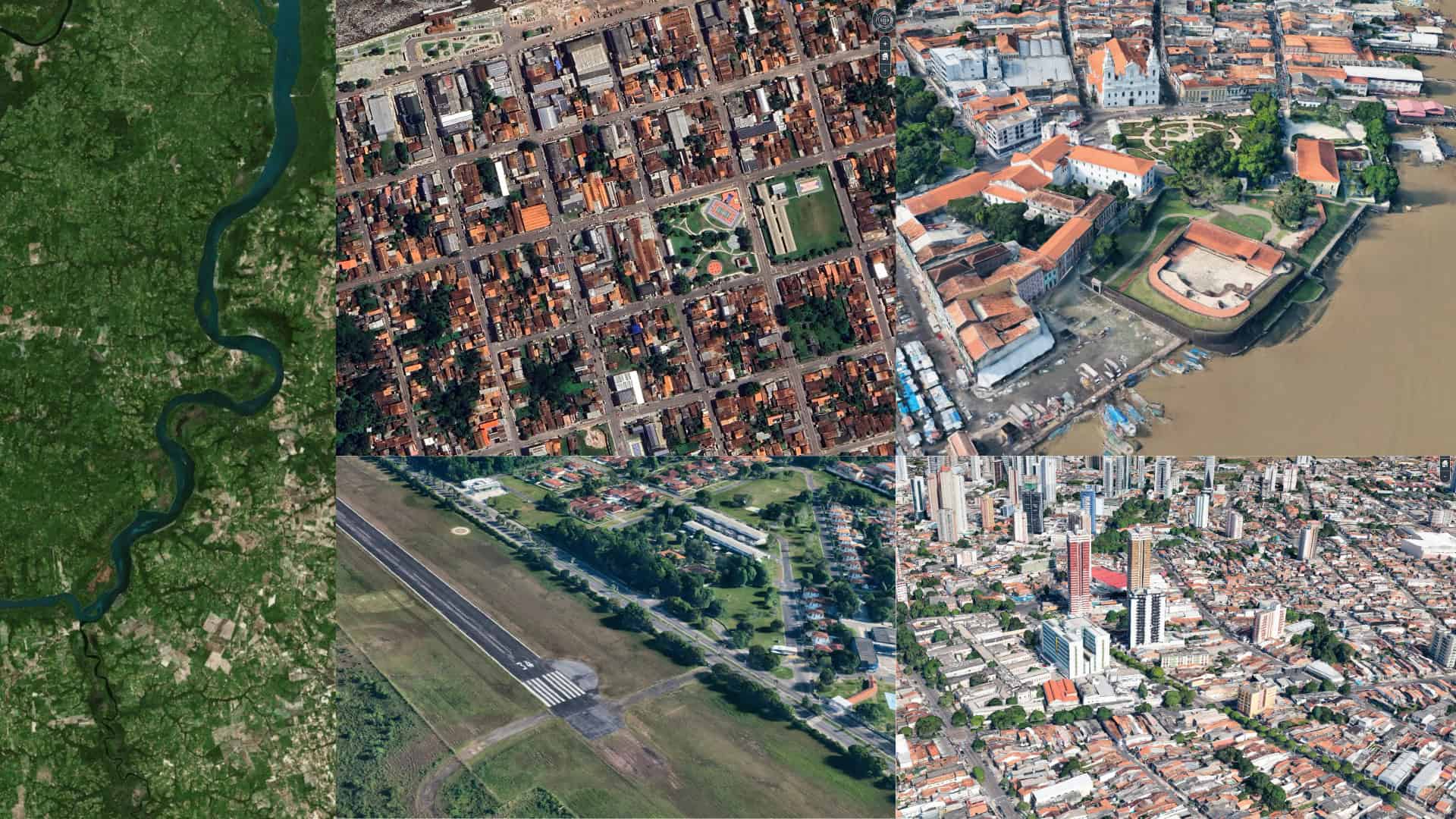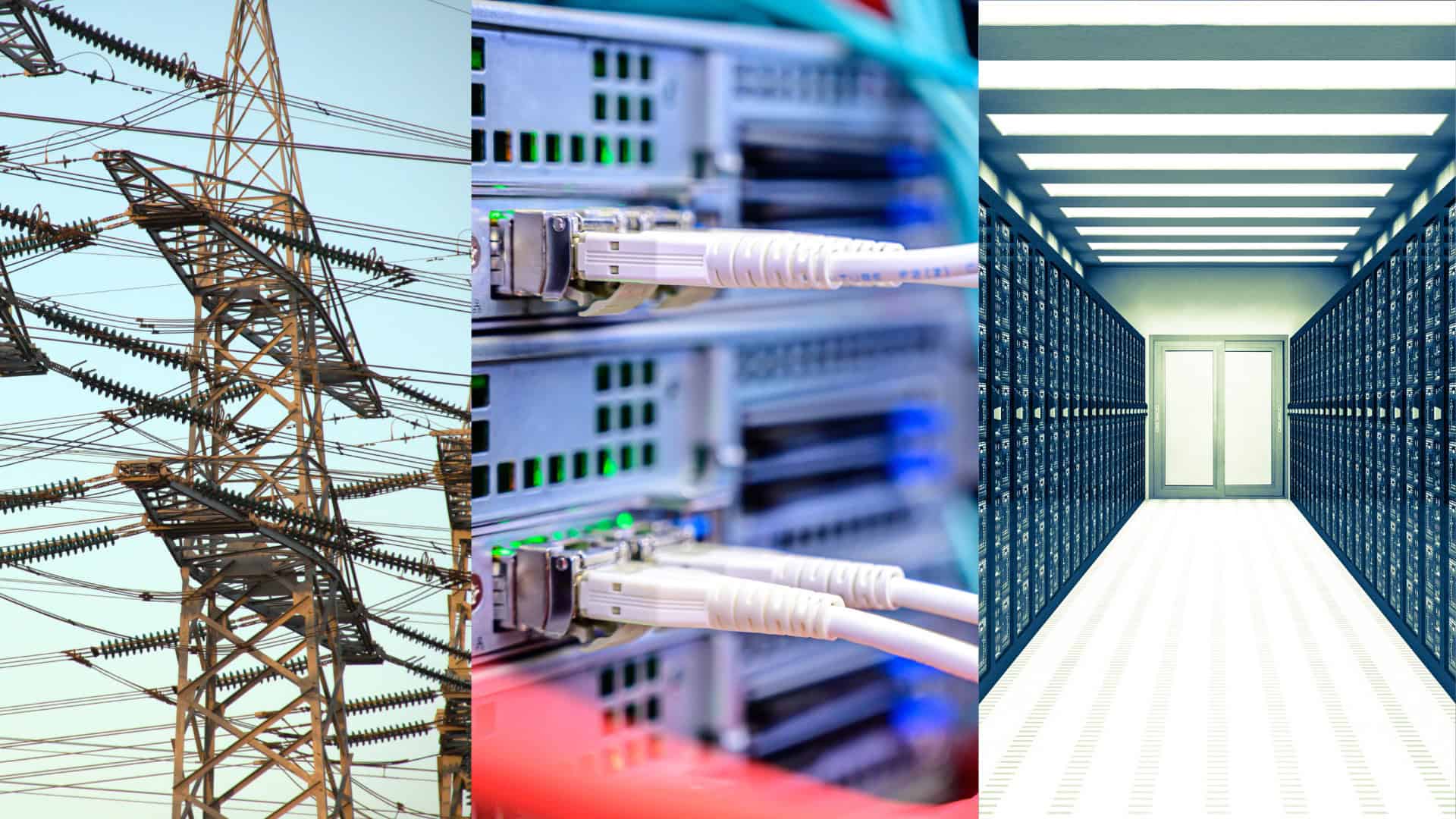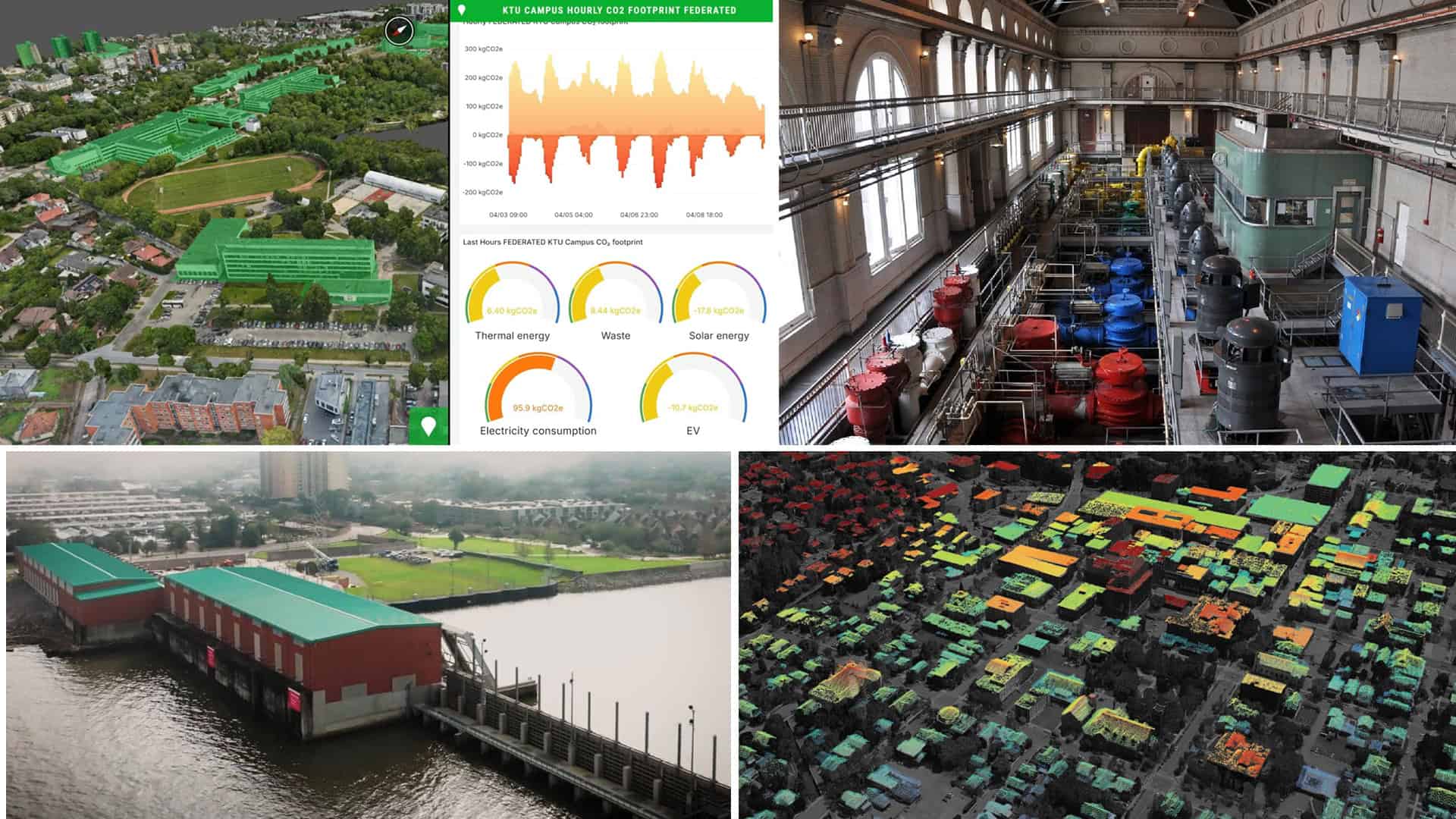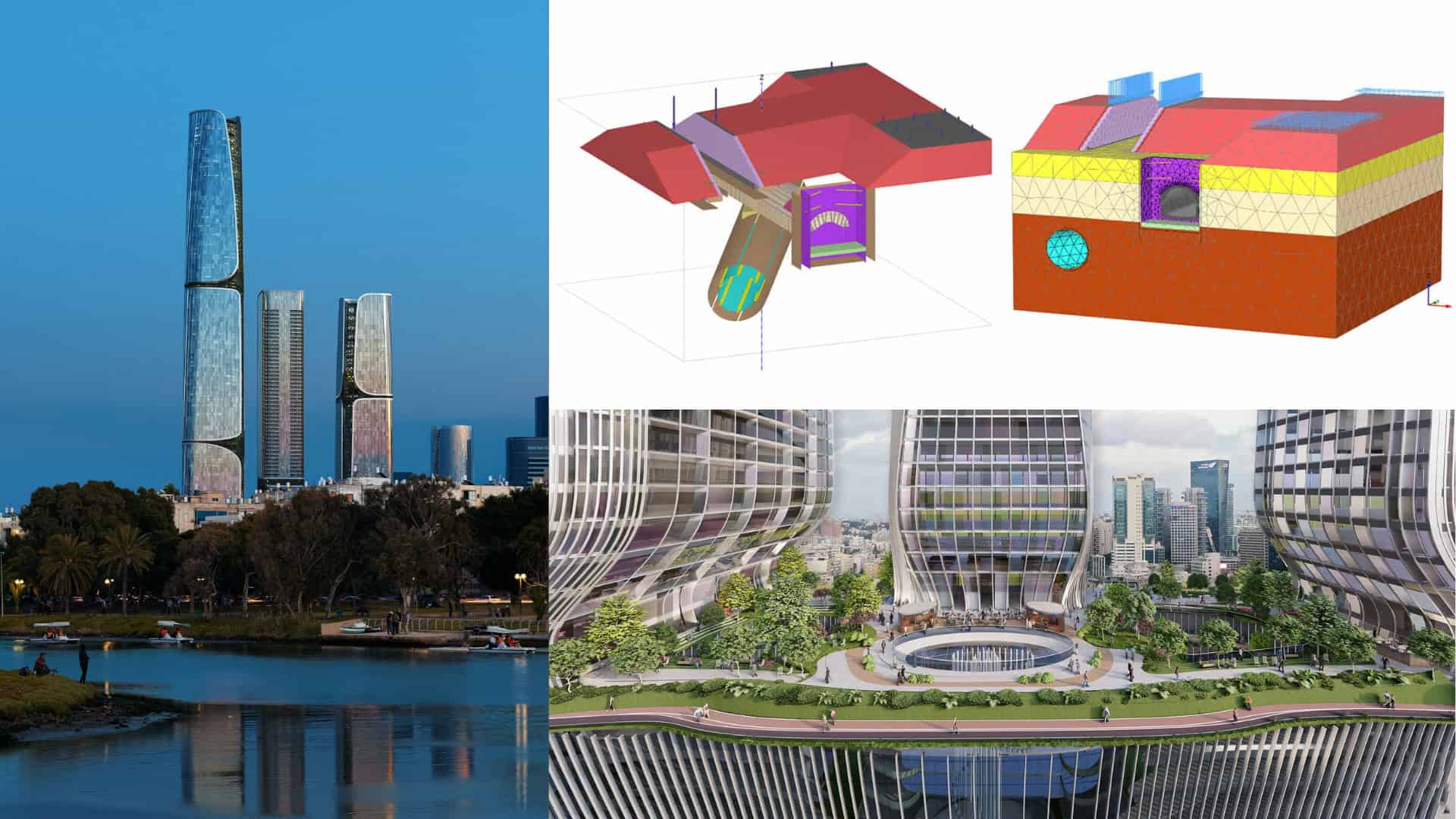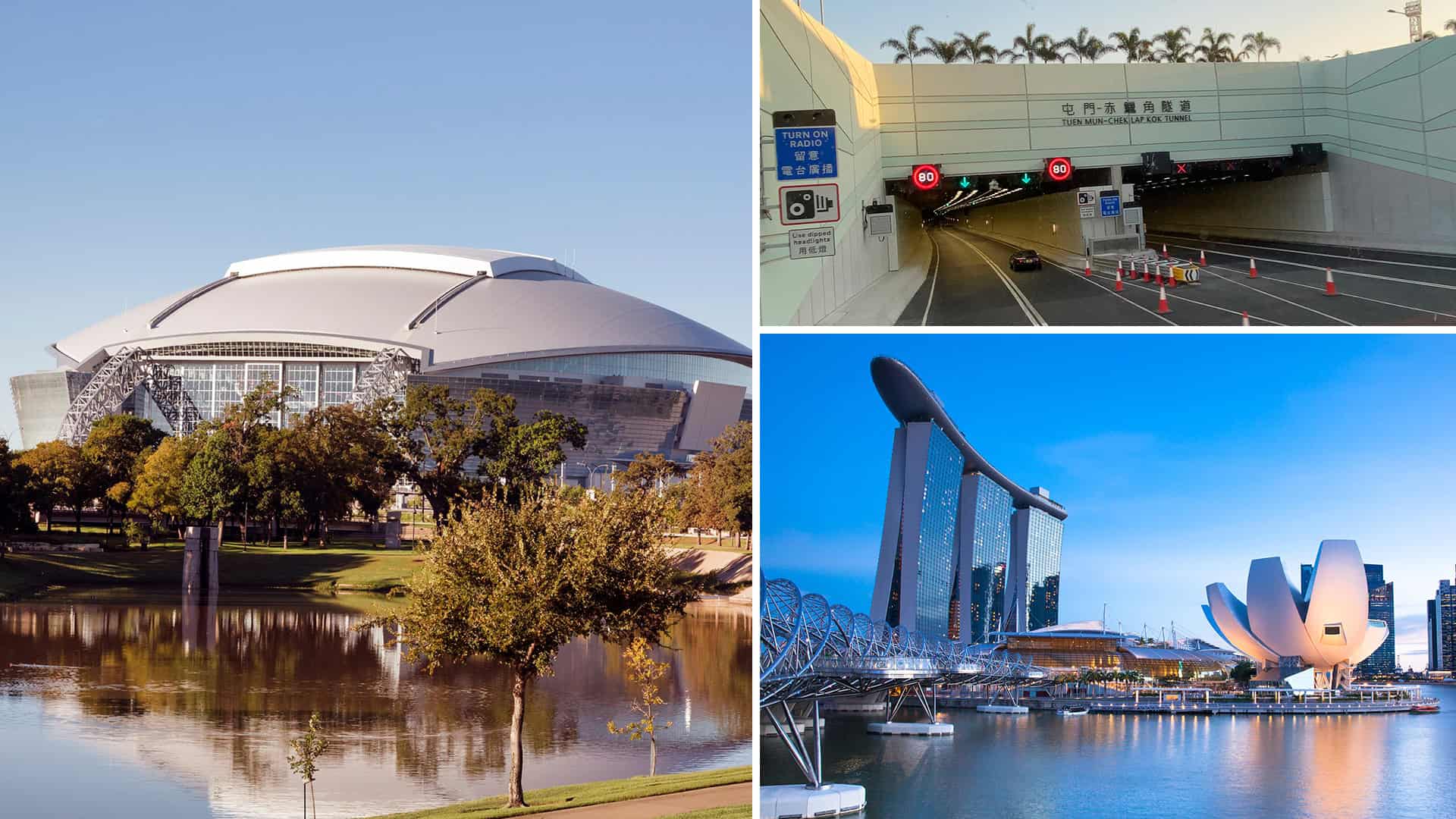Perched where the sprawling Amazon River delta empties into the Atlantic Ocean, Belém, Brazil, is both a gateway to the rainforest and a hub of global trade. When world leaders, scientists, and activists convene here for the UN Climate Change Conference (COP30) from November 10–21, the symbolism will be hard to miss: The debate over the planet’s future needs to take place where the impacts are most immediate and consequential.
“Resilience is not only about protecting what exists; it’s about designing systems that can adapt, evolve, and strengthen over time,” says Rodrigo Fernandes, global sustainability director at Bentley Systems. “This moment calls for infrastructure that can respond dynamically to changing environments and community needs.”
“COP30 marks a global tipping point,” adds Rory Linehan, Bentley’s director of infrastructure policy advancement. He notes that the Paris Agreement, signed at COP21 in 2015, set a goal of limiting global temperatures from increasing more than 1.5° Celsius above pre-industrial levels—yet the world is now on the brink of surpassing that target. “The conversation can’t just be about mitigation anymore; it must be about resilience.”
Facing the changes
That shift—from reducing emissions to adapting to a changed world—has placed infrastructure at the center of the climate debate. Robust water systems, power grids, flood protection, and other critical infrastructure make the world more resilient. But infrastructure is also responsible for roughly 80% of global CO₂ emissions through construction, operations, and maintenance. The systems that connect cities and economies are also the systems most vulnerable to cascading shocks: floods that knock out power grids, storms that cripple transportation networks, and droughts that disrupt water supplies.
“Climate change will demand enormous new investment in resilient infrastructure,” Fernandes says. “At the same time, we have to decarbonize the assets we already rely on. That means optimizing against inefficiencies, improving asset management, and rethinking how we design and maintain what we build.”
The private sector levels up
With those challenges in view, the private sector is taking a more visible role. Bentley , a global leader in infrastructure engineering software and infrastructure AI, will co-host multiple sessions in the UN’s Blue Zone—the core negotiation area of the summit—marking the company’s most engaged presence yet at a climate COP. Infrastructure professionals and owners use Bentley’s software and solutions, like digital twins, to design, build, and operate thousands of infrastructure projects around the world. Fernandes and Linehan will join delegates, policymakers, and industry leaders to explore how digital innovation can accelerate climate adaptation and sustainable growth.
Bentley is also hosting an event in São Paulo focusing on the intersection of infrastructure, resilience, and finance. “Financiers and investors are seeking to mobilize trillions of dollars to mitigate and adapt to climate and policy changes,” Linehan says. “That requires trust, transparency, and better infrastructure data.”
Brazil offers a fitting backdrop for those conversations. The host nation already draws about 70% of its energy from renewables—mostly hydropower—and Belém itself embodies the complexity of the climate challenge: a river city balancing industrial growth, biodiversity, and social equity. “Brazil is our largest user country in South America,” Fernandes notes. “We’ve seen how Bentley tools can successfully support water resilience and sustainable urban planning here.”
Five pillars for a climate-smart future
At COP30, Bentley and its geoscience subsidiary Seequent will showcase technologies built around five pillars shaping climate-smart infrastructure.
The first is climate adaptation through geospatial intelligence, which uses subsurface modeling and digital platforms to help cities anticipate floods, droughts, and soil instability before disaster strikes.
The second is the clean-energy transition, which accelerates the planning and delivery of renewables while optimizing grid connections and long-term sustainability.
The next pillar is a just and inclusive transition, focusing on democratizing infrastructure planning, so communities—especially in emerging economies—can share in the benefits of green investment.
The fourth, nature-positive infrastructure, embeds biodiversity data into design and operations to ensure development strengthens, rather than depletes, ecosystems.
The final pillar is mobilizing private-sector investment, which depends on transparent data to de-risk projects, align them with sustainability standards, and attract sustainable finance.
Together, these priorities form an interconnected foundation for transforming climate ambition into tangible action.
A system of systems
Fernandes points out that infrastructure is increasingly recognized as a system of systems. “Transportation, water, energy, and communication networks are interdependent—and when one fails, others follow,” he says. “Flooding begets water problems, which beget energy problems.”
That complexity makes collaboration essential. “Governments, multilateral institutions, and private companies need to think horizontally,” Linehan adds. “The challenges are too interlinked. We must look at the whole ecosystem.”
Bentley’s vision of intelligent infrastructure relies on open collaboration platforms that bring together designers, engineers, financiers, and operators in real time. Digital twins—virtual replicas of physical assets—along with AI and other advanced technologies allow teams to simulate climate stresses before they happen, reducing both emissions and long-term costs.
Building the future of climate resilience
In 2024, climate-related disasters caused $368 billion in losses, with only $145 billion insured—a 60% protection gap. That uninsured portion represents a mounting financial strain for communities and businesses struggling to recover from wildfires, floods, and storms. As climate volatility intensifies, insurers are increasingly retreating from high-risk regions, widening what experts call a global “resilience deficit.”
Bentley’s position is clear: Systemic, cross-sector approaches are essential to align infrastructure with the Paris Agreement and the UN Sustainable Development Goals. Digital enablers, such as geospatial intelligence, AI, and digital twins, are powerful accelerators, enabling decision-makers to design, operate, and maintain assets that can withstand climate extremes and adapt to future needs.
But technology alone isn’t enough. “It has to be paired with capacity building, interoperability, and collaboration.” Fernandes notes. “The human factor determines whether these tools deliver real impact.” That principle is reflected in Bentley’s expanding ecosystem of partners and innovators. At COP30, Bentley will announce new partnerships, including the launch of a sustainability cohort within the Bentley Ecosystem Catalog (BEC)—a global directory linking users with partner-developed applications, data services, and plugins.
Through the BEC, organizations can share their innovations directly with Bentley users and project teams. The result is a growing ecosystem that accelerates the adoption of sustainable technologies and ensures that local expertise contributes to global climate goals.
Readers can explore the new sustainability cohort within the Bentley Ecosystem Catalog to discover solutions driving climate-aligned infrastructure worldwide.
From Rio to Belém—and beyond
COP30 marks three decades since the first UN climate conference, in Rio de Janeiro in 1994. Since then, the world’s emissions have continued to increase and the impacts of climate change have accelerated. Yet Linehan sees reason for optimism. “There’s a clear convergence happening between climate ambition and infrastructure modernization,” he says. “Every investment in resilience is also an investment in competitiveness.”
Belém embodies what’s at stake: a community where the lines between nature, industry, and humanity blur—and where the future will be decided not by policy statements, but by the systems we build.

